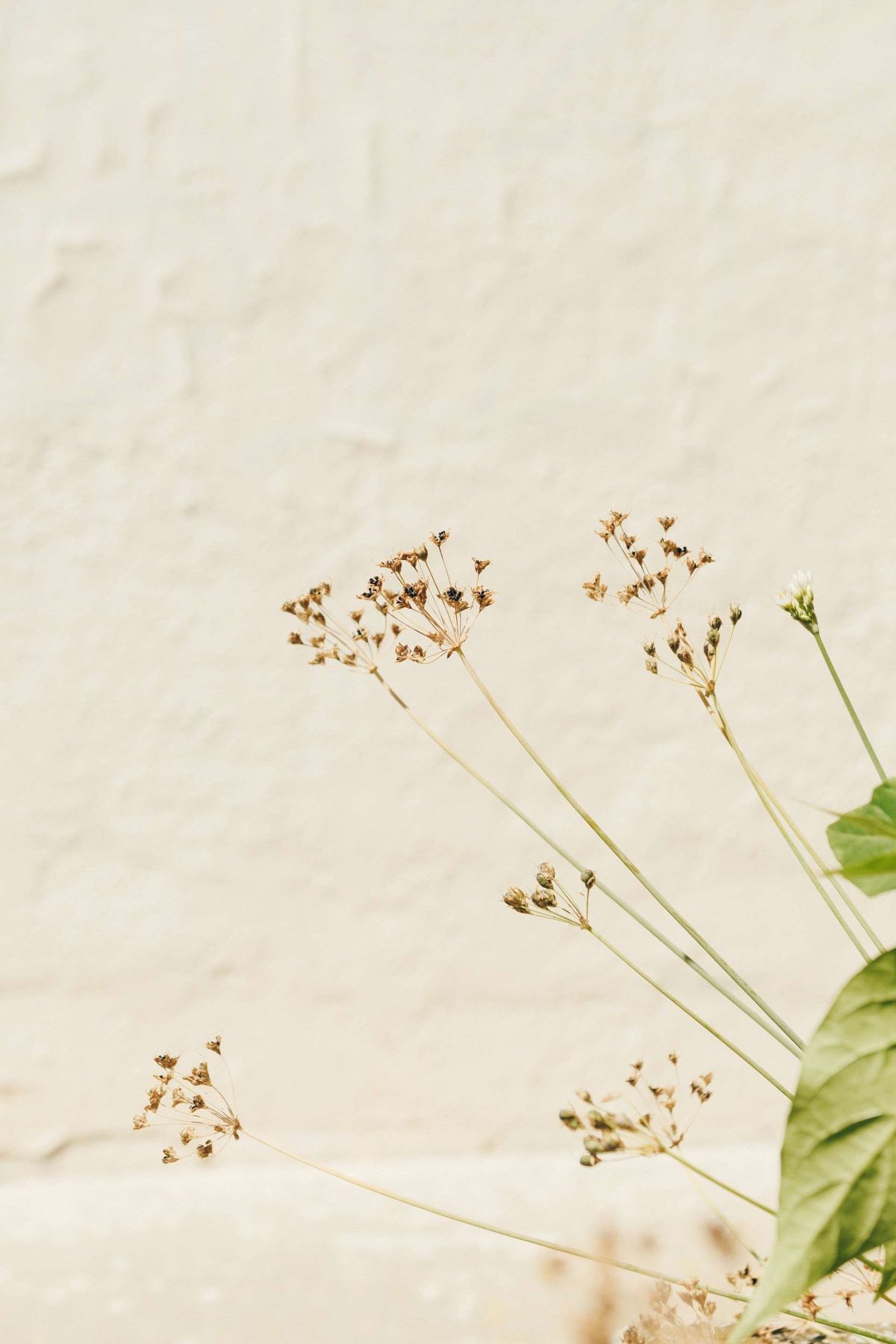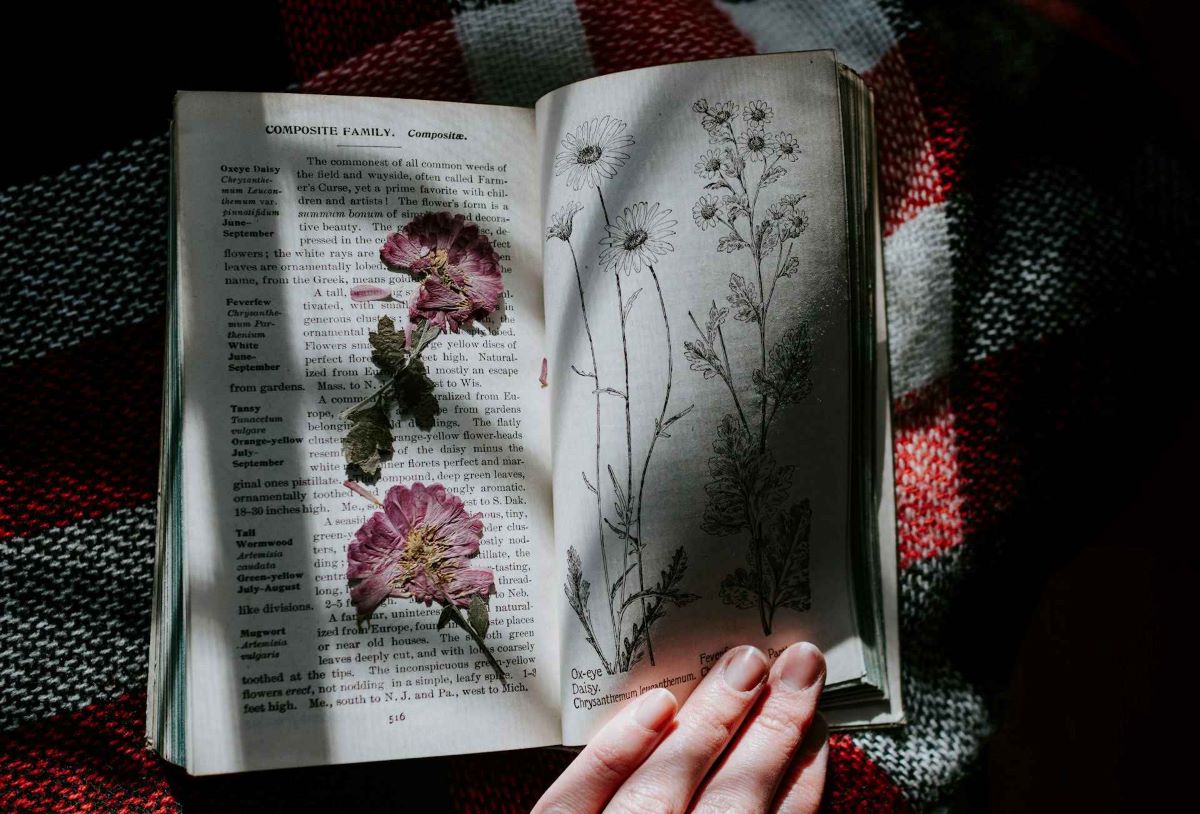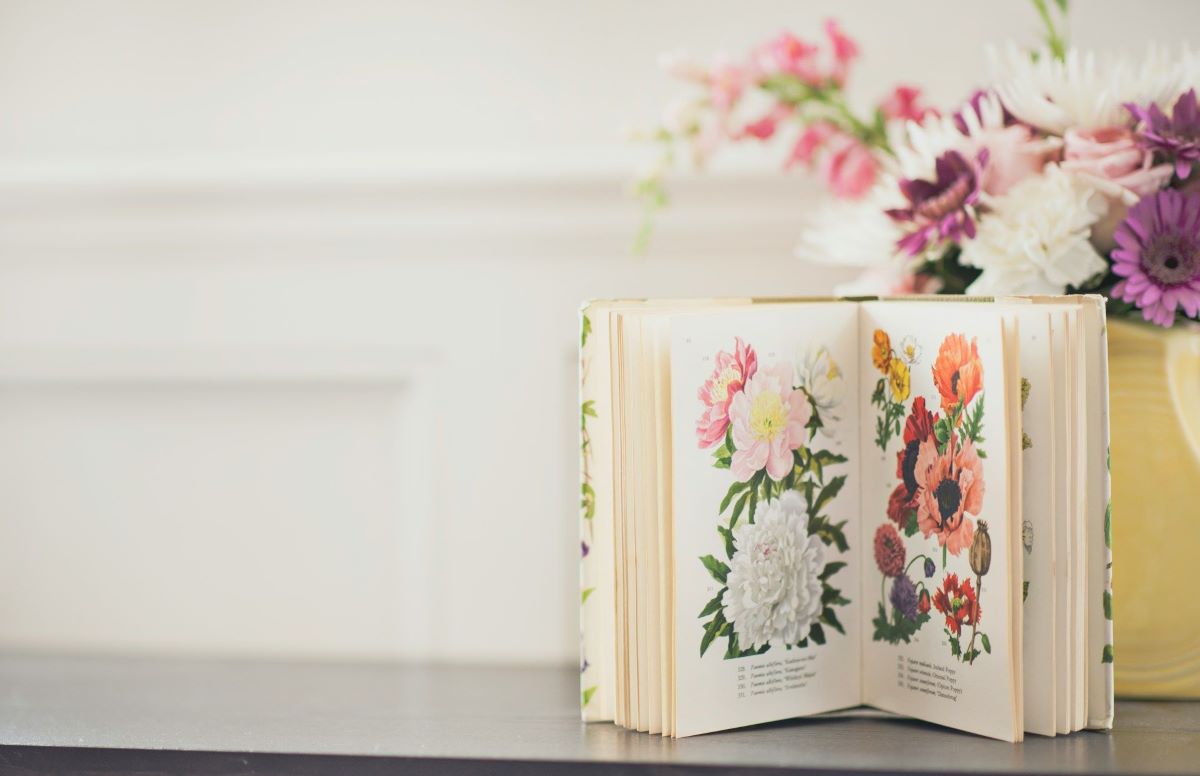
Phytopoetics | Literary Ecology and Floral Poetry
Every century is characterized by the formation of a new paradigm. Presumably, the central themes of 21st century literature will circulate around ecology and rethinking the human place. How is reading connected to sustainability? What is phytopoetics? And can literature change the world?
WHAT IS LITERARY ECOLOGY?
The relationship between human and non-human forms of living is not simple. Human beings are tightly interlinked with the natural world that tries its best to survive in the midst of an anthropogenic environment. Scientists refer to the Anthropocene to underline an environmental change caused by people. Environmental deterioration and an increasing recognition of ecological matters led to the emergence of the environmental movement in the 1960s and 1970s that played a crucial role in the development of Ecocriticism as an academic field.
Cheryll Glotfelty and Harold Fromm characterized the work of ecocriticism as follows: “Just as feminist criticism examines language and literature from a gender-conscious perspective, and Marxist criticism brings an awareness of modes of production and economic class to its reading of texts, ecocriticism takes an earth-centered approach to literary studies” (Glotfelty & Fromm, 1996, xviii).
Therefore, ecocriticism was born as an attempt to study the connections between literature and ecology from an interdisciplinary point of view. In particular, ecocritics analyze the ways that writing both reflects environmental anxieties and enlights the readers about the link between humans and nature.


WHAT IS PHYTOPOETICS?
The role of art to understand nature is crucial. The desire to hear what vegetal beings convey led different artists to experiment. For instance, Christa Sommerer and Laurent Mignonneau used a computer program to “translate” plant’s electrical signals into intelligible language in their works Interactive Plant Growing (1992).
You are currently viewing a placeholder content from Default. To access the actual content, click the button below. Please note that doing so will share data with third-party providers.
More Information
It is a well-known fact that plants communicate both with other plants and other living beings by sending biochemical signals. Unfortunately, they don’t talk to us or, perhaps, we are just unable to understand. But if the plants could reach us, what would they say about themselves and what would they say about us?
If we want to move from a humancentric vision,- we need to realize that non-human beings have their agency. According to Joela Jacobs, a poetic engagement with flora in literature and moments when plants take on agency themselves describe the notion of phytopoetics. Derived from phyto = relating to plants and poiesis = creative making, phytopoetics emphasizes the role of plants in the creation of texts and language.
By reading texts that put the environment in the focus, we might raise our awareness of sustainable practices, rethink our attitude to nature and learn to coexist and love.


FLORAL POETRY
LANGUAGE OF FLOWERS
The Victorian era’s social convention imposed severe restrictions on what could be expressed directly, so people used flowers to communicate, send secret messages and even flirt. A popular literary trend in the 19th century, “Language of Flowers”, opened the world of botany through dictionaries of flowers and associated meanings, floral poetry and prose, offering a sentimental view of natural history. The description of all these codes and meanings is explored in An Illustrated Guide to the Victorian Language of Flowers by floriography expert Jessica Roux.
FLORAL IMAGERY IN EMILY DICKINSON’S POEMS
Starting from childhood, Emily Dickinson showed an expansive interest in botany. Her admiration is reflected in her writing, in which numerous flowers are mentioned. In her 19th century poetry, she describes natural phenomena utilizing vivid images that appeal to the senses of the reader.
Come slowly – Eden!
Lips unused to Thee –
Bashful – sip thy Jessamines –
As the fainting Bee –
Reaching late his flower,
Round her chamber hums –
Counts his nectars –
Enters – and is lost in Balms.
(Dickinson, Emily. “Come slowly, Eden!” Poetry Foundation)

JON SILKIN’S 1964 FLOWER POEMS
Emma Trott, who studied Jon Silkin`s art, points out that the inspiration to write the flower poems came to him from the garden of his flat. In one of his poems Crowfoot (in water), Jon Silkin demonstrates the development of the word “leaf”. Fragment of the poem:
It is found, rooted,
In still water. A leaf,
Shaped like a kidney, floats
Leafing the underside of air, over water,
Taking in both, each side.
Inside the water
Are filaments of flesh-thread
Hair-drifting. (1-8)
FLOWER POETRY ZINE
Do you want to share your own floral poem with the world? Take a look at the poetry zines. Zines are self-published print pamphlets that can be easily distributed. The emphasis of zines are on DIY culture, craftsmanship, and poetry. They could be done by one artist or collaboratively.

Going back to the question if literature is able to change the world, we must say that a book can’t change the whole world but it can change the world of its reader.
Highlight Image: No Revisions © via Unsplash
+ Words:
Kseniia Gavrilova
Luxiders Magazine








